|
Two photos showing the early-war uniforms worn by Air Raid Wardens. The female warden is wearing the ARP Pattern 42 lady warden's coat (with ARP badge and area marking) with the felt hat. She is holding a white helmet (so holds some seniority). The male warden is wearing the bluette overalls with ARP badge and area marking and has the standard issue black helmet. Alas no more information on where these photos were taken.
0 Comments
An early world war two local authority area marking for use on bluette overalls. This red on black variety was superseded by the old gold yellow from the end of 1941. A very nice condition badge that's currently up for sale on eBay with an original embroidered CD beret badge,
A group photo showing three ARP ambulance crew (drivers or attendants) in their standard uniform with the ski caps and what appears to be the arched 'LAAS' (London Auxiliary Ambulance Service)insignia. Sat at the front are three nurses with the ARP badge to the front of their uniforms. It appears that the nurses also have the LAAS emblem above the ARP insignia, if this is correct this is the first time I have seen this worn in this way. I did not know nurses were attached directly to the LAAS.
The photo is currently available on eBay. Up on eBay is a collection of CD items. Included are some printed rank chevrons (that look unused), warden shoulder titles and the CD badge made specifically for the gabardine coat. A nice collection.
A collection of badges and paperwork has been listed on eBay for an ARP Messenger in Ealing. The bundle includes a number of badges for the battledress blouse but also a rare identity card for the messenger service.
|
Please support this website's running costs and keep it advert free
Categories
All
Archives
June 2024
|
|
|
Copyright © 2018–2024
|
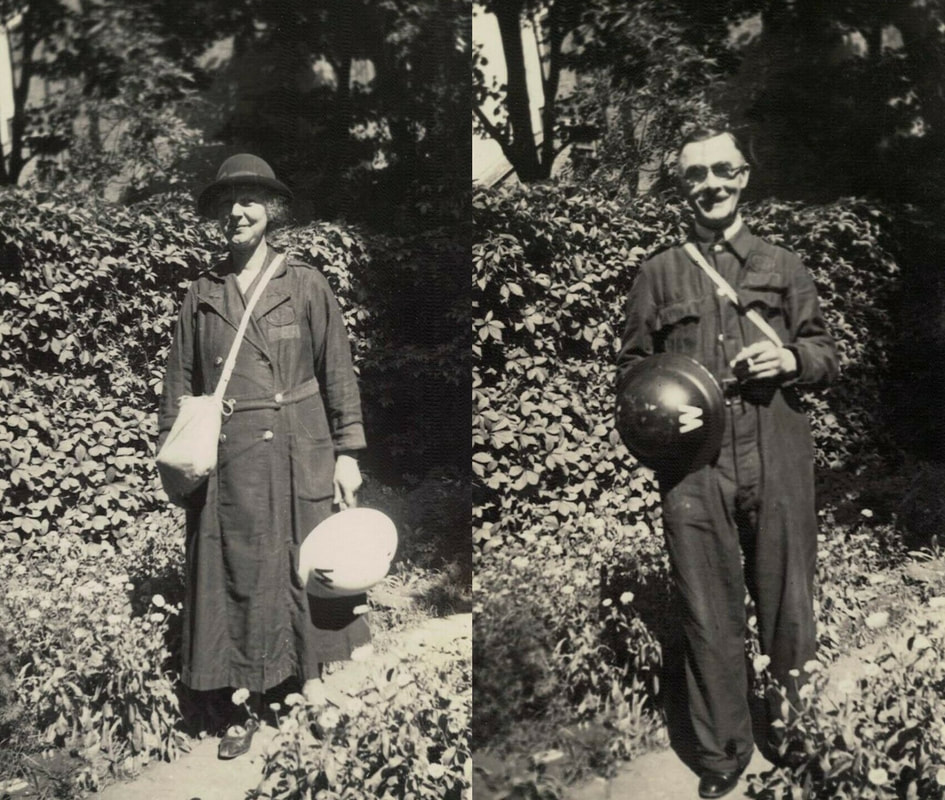
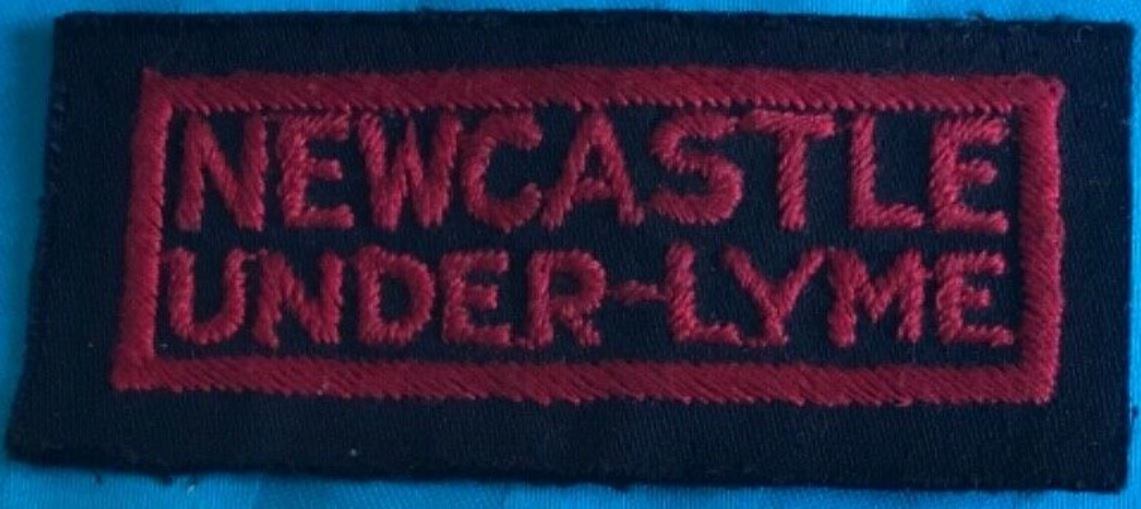
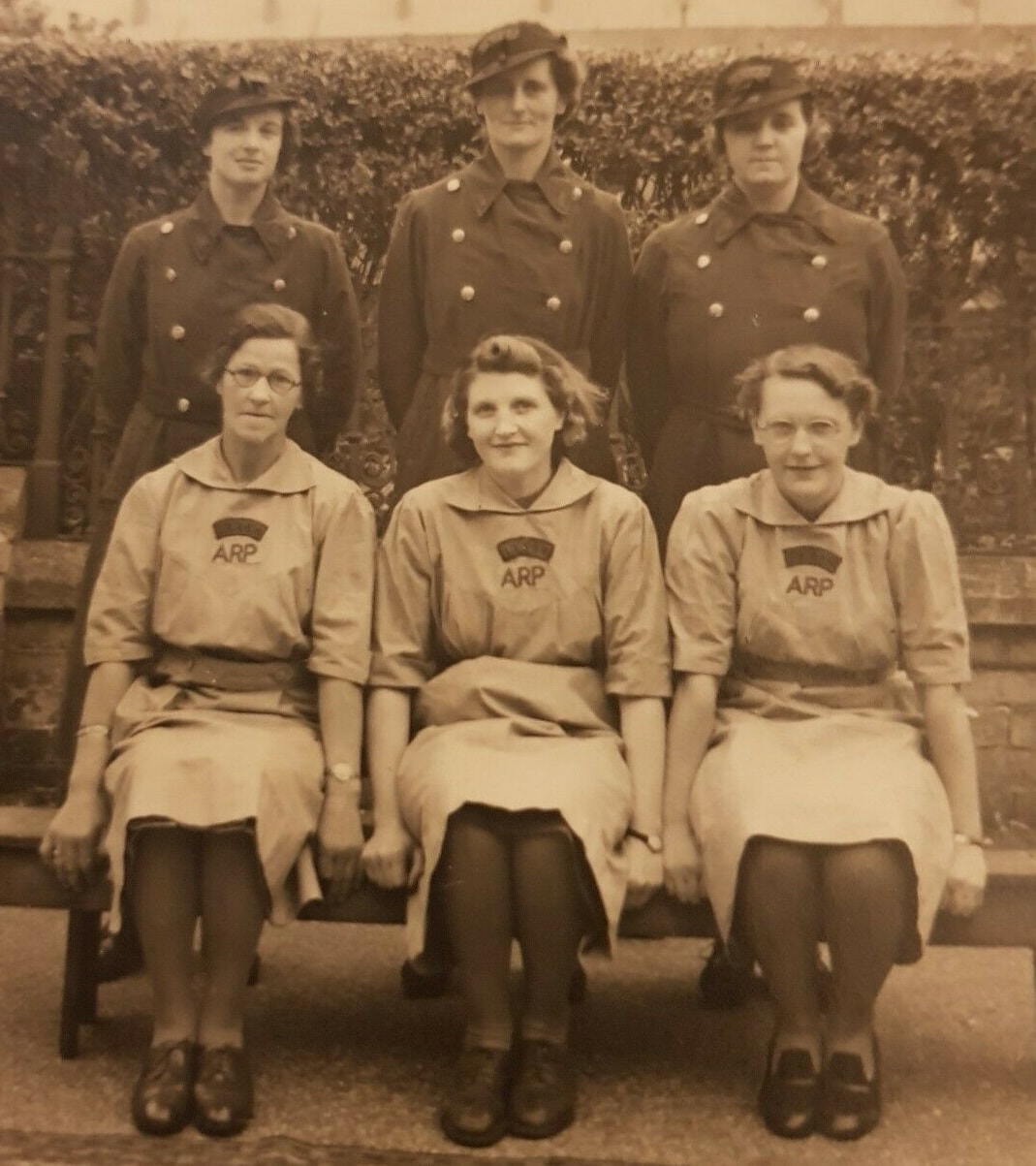
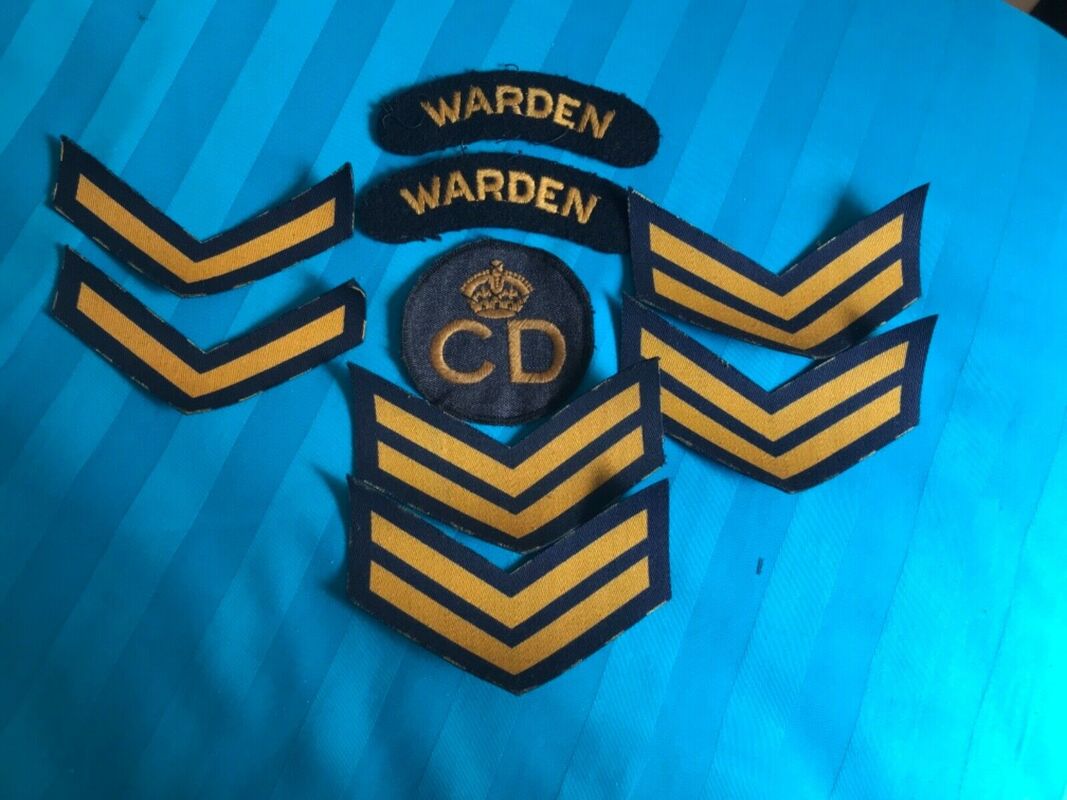
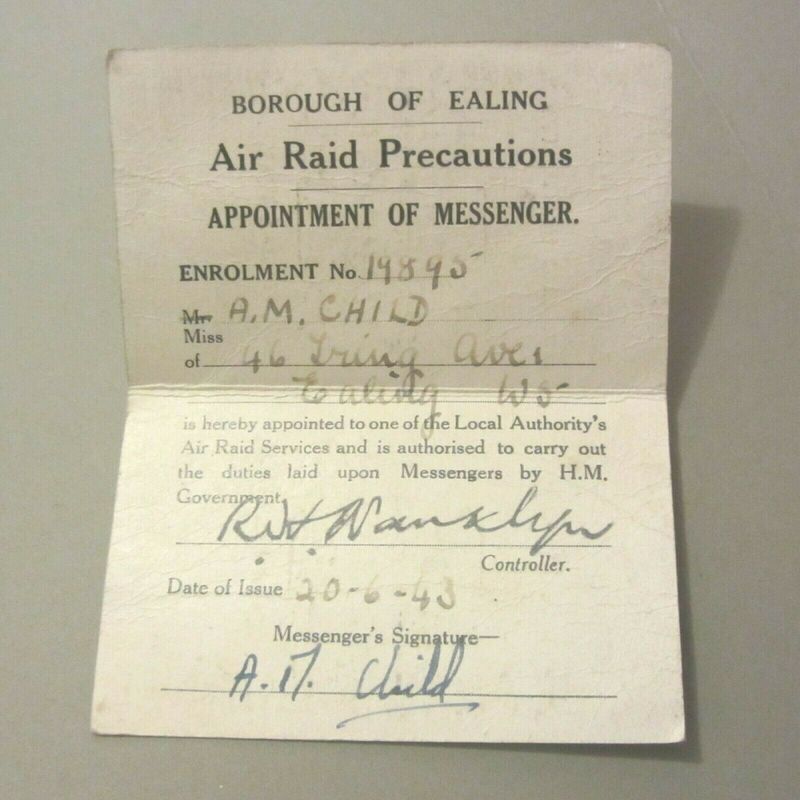
 RSS Feed
RSS Feed